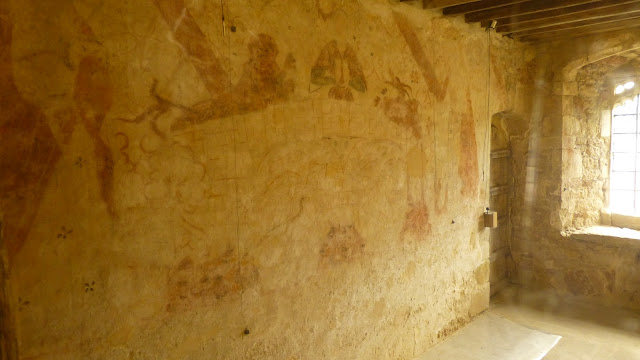Childhood holidays sometimes included a trip to Somerset to visit distant family but since then I haven't given it much attention. So when Lindsey suggested a mini-break in a county full of historic churches and other old buildings I was interested to see how things might have changed.
Cleeve Abbey, in the west of the county, was established in 1198. Unusually, after the dissolution by Henry VIII, the abbey buildings weren't left to fall into ruin. Instead, only the church was destroyed and the remaining buildings continued to be used - first as a country house and later as farm buildings. As a result the buildings are very well preserved and give a real sense of what it must have been like to live here as a monk in medieval times.
We enjoyed Cleeve Abbey and spent more time seeking out some fine medieval churches around the county.
Cleeve Abbey, in the west of the county, was established in 1198. Unusually, after the dissolution by Henry VIII, the abbey buildings weren't left to fall into ruin. Instead, only the church was destroyed and the remaining buildings continued to be used - first as a country house and later as farm buildings. As a result the buildings are very well preserved and give a real sense of what it must have been like to live here as a monk in medieval times.
 |
| The buildings are very well preserved |
 |
| The detail in the stone and flooring is still very clear |
 |
| Fan ceilings were a popular feature in medieval Somerset |
 |
| The abbey church was originally attached to this building |
 |
| It is unusual to see such ancient windows perfectly intact |
 |
| The refectory with its 'angel roof' |
 |
| The detail of the angel carvings is exquisite |
 |
| These medieval wall paintings have recently been rediscovered and are being restored |
 |
| There are many heraldic tiles throughout the abbey |
 |
| An entire tiled pavement has been relaid in a dedicated building |

